Vintage 2023: Northland and Waiheke
The 2023 harvest has been the toughest in Rod McIvor's 30-vintage career.
With many wine regions suffering from low yields in vintage 2021, the good growing season for the upcoming harvest has been welcomed with open arms. It comes with plenty of challenges, including the labour shortages looming large and ever present Covid-19 risks, but collaboration, determination and innovation are hard at work in New Zealand vineyards.
Waiheke Island
Waiheke Island growers have experienced a favourable growing season this year, says Sam Taylor, Viticulturist at Man O' War. "After two very dry years, water tables were finally replenished throughout a wet winter. The season has fallen back into a more normal development pattern following a very early season last year."
Flowering occurred throughout a mostly settled period of weather, with hot days, low rainfall, and afternoon sea breezes each day, says Sam on 12 January. "La Nina weather patterns have strengthened over the second half of the season.
"Very hot days with high humidity have become the norm." In mid-January, canopies across the island were looking "healthy and vibrant in colour", with extra vegetative growth, meaning trimmers and leaf pluckers were working overtime.
Sam says crop levels look higher than average and potentially up 25 percent on last year, with Chardonnay, Pinot Gris and Bordeaux varieties all looking healthy.
But despite a good growing season there are a number of challenges on the horizon, he says. High levels of humidity have growers on the lookout for botrytis and mildew, and additional canopy growth has put pressure on work programmes. "Staffing is a huge issue nationwide, but feels particularly difficult on Waiheke Island," says Sam.
"Accommodation is scarce and living costs are expensive on the island. That has resulted in a small pool of potential workers being fought over between all industries." Man O' War has offered free accommodation as an incentive to try and attract and retain staff.
"Despite that there is optimism among growers," adds Sam. "The season holds plenty of potential."
Auckland
The growing season has been very good, so far, says Kumeu River Winemaker Michael Brajkovich on 10 January.
"We have high hopes for the upcoming harvest, and that will certainly be realised if the weather stays warm and dry."
Budburst and flowering were a little earlier than usual in Auckland, accompanied by good weather, bringing promise of "very good" potential crop levels. The growing conditions led to the company shoot and bunch thinning on Pinot Gris, with some shoulde removal on Pinot Noir.
Auckland had been "very dry" since well before Christmas, and any vegetative shoot grown had stopped completely by 10 January, while Veraison was well under way in Pinot Noir, and starting well through the Chardonnay and Pinot Gris, says Michael. "There has been some evidence of Powdery Mildew earlier, but it seems to be pretty much under control now."
Gisborne
Annie Millton of Millton Vineyards says early spring weather in the Gisborne region of Manutuke brought a balance of mild temperatures and "a nice amount of rain" to start the season, which was perfect for their dry farmed vineyards. "As the green season advanced it became evident that getting reliable staff to work the vines - shoot thinning, shoot positioning and tucking and removing unwanted growth - was the biggest challenge again," she says on 12 January. "Even harder than the last green season."
Beautiful days with warm northwest winds accompanied flowering, around 8 November, followed by rain at the tail end of flowering. That had some impact, "but as last year's set was very much over-cropped this year the crop set is perfect", Annie says. Rain in the first week of November resulted in some powdery pressure.
December brought some "very hot days", with blue skies, intense sun and little or no wind, so the green season crew began at 6am and finished at 2.30pm, "due to the pressure of the heat and sun," she says.
"Over this time the night temperatures have been warm."
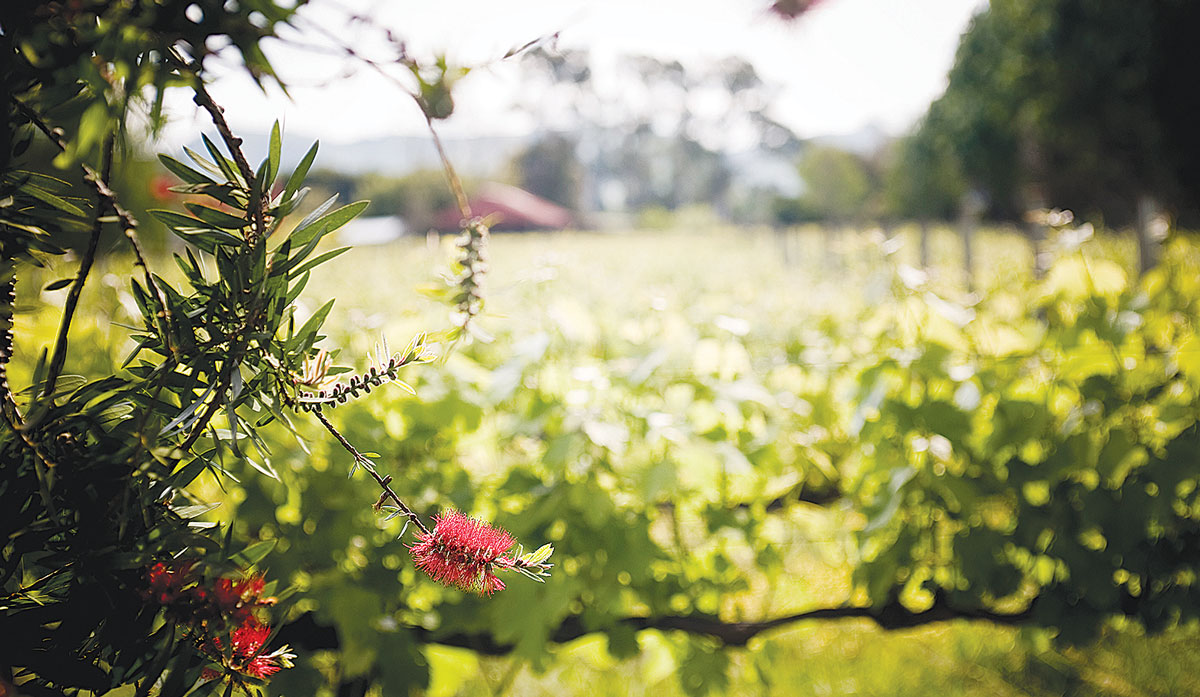 |
|---|
|
Milton Vineyards |
An occasional southeast change has cooled down the day and night temperatures.
"At present we are just finishing the last of the spit and polish to the vines before we start the next job of putting the nets on. As of 12 January, the birds are already into the Pinot Noir," Annie says.
Overall, Millton Vineyard is very happy with what the "lovely balanced crop" achieved over the spring season, with open canopy and everything trimmed."
Hawke's Bay
Te Mata Lead Viticulturist Brenton O'Riley says crop sizes look to be average across all varieties in the company's Hawke's Bay vineyards. "Across the board it is definitely looking like a good, consistent average crop." That balanced crop load has "taken a load off" in terms of the labour requirement for fruit thinning, he adds. "All our blocks are exactly where we need them to be."
The early part of the Hawke's Bay season brought a lot of heat and a lot of rain. Early budburst "relatively speaking", echoed the previous season, and vineyards kicked off with a lot of growth, Brenton says.
"Vine management was quite important and also spray programmes... and we came through it pretty well. We were 100 percent clean, which was good."
But the early season conditions put a lot of pressure on growers around the district, "making sure we do get it absolutely spot on". The heat continued through the growing season and by late January. Hawke's Bay had recorded 794 growing degree days, up from 754 last season, "which was considered a really hot season", and well above the long term average of 664 growing degree days.
"So, we are definitely well and truly up there and things are drying down really nicely now," says Brenton on 21 January, when staff at Te Mata were busy putting nets on Chardonnay, and grateful that Cyclone Cody didn't bring the feared downpour. Te Mata expects to start harvesting Pinot Noir from 15 February, matching the 2021 start date.
Brenton says labour has not been a "major issue", but they have had to be more organised, and "proactive rather than reactive" around work schedules. "We have definitely had to be more organised... Booking things out a week or two in advance, to make sure we have the numbers we need."
Wairarapa
An "incredible" flowering period has Wairarapa winegrowers pretty excited, says Dry River winemaker, Wilco Lam. "It really comes off the back of poor yields in 2021 and quite a squeeze in terms of volume in the industry," he says, looking at the prospect of good 2022 crop levels. "We are incredibly happy. At the moment all the temperatures and growing degree days at the onset of ripening are pretty much off the scale... If we can pull this off then everyone will look a lot better post-harvest."
But finding the required labour throughout the growing season has been difficult, "even for a small place like ourselves", says Wilco. They tapped into a student workforce in the new year, "but pre-Christmas was hard". Dry River has worked with a group of producers to share labour where they can, "because it's been really tough", he says, predicting that some companies will feel that pressure right through to the end of harvest, with little mechanisation to lessen the labour requirement.
Jannine Rickards, Winemaker at Urlar and Huntress, and joint Chair of Wairarapa Winegrowers, says the region enjoyed an early and dry spring, with a strong flowering creating even crop loads in Pinot Noir, which is "much appreciated after the very tiny 2021 season". Speaking on 13 January, she says a "decent southerly" came in while the Sauvignon Blanc was still flowering, so set is "a bit more random" for some. Decent rainfall across the region in early December resulted in green hills, along with early and vigorous growth "and the canopies look healthy and lush", she says.
Like many others, the region has faced a "major challenge" with labour shortages due to closed borders.
"It is pushing our teams quite hard to keep up with the workload... Christmas seems a distant memory as we steam roll towards a likely early harvest."
Escarpment General Manager Larry McKenna says it's "shaping up to be one of the great Wairarapa growing seasons". Flowering and the resulting set have been excellent, and growers are expecting above average bunch weights and crop loads. The dry weather since late December "is setting the district up beautfiully", adds Larry, suggesting it could be the earliest on record if temperatures remain high. "With February being our most reliable month, everybody is looking forward to a very successful early harvest."
Marlborough
Forrest Estate Winemaker Beth Forrest, who is Chair of the Marlborough Winegrowers Association, says flowering was variable in the region. "While the weather remained relatively warm, the rain event pre-Christmas has had some effect on the consistency of flowering within blocks and across the region."
However, crop levels nonetheless look to have returned to normal this year, following the region's 21 percent drop in yields in the 2021 vintage. It is a definite increase on those "very small crops", but Beth believes the variability in blocks could still pose a challenge to production volumes.
Labour shortages in wineries and vineyards remains the biggest challenge this season, she says, talking of "a huge amount of pressure on any handpicking options around the valley", with vastly reduced RSE (Recognised Seasonal Employer scheme) and transient labourers. That will affect growers' ability to thin crops and undertake disease maintenance before the machine-harvest, "as there is simply not enough staff to go around", says Beth. "Winery labour is also strained. Only about 60 to 70 percent of positions have been filled for the harvest and this will mean longer, harder vintage for all concerned."
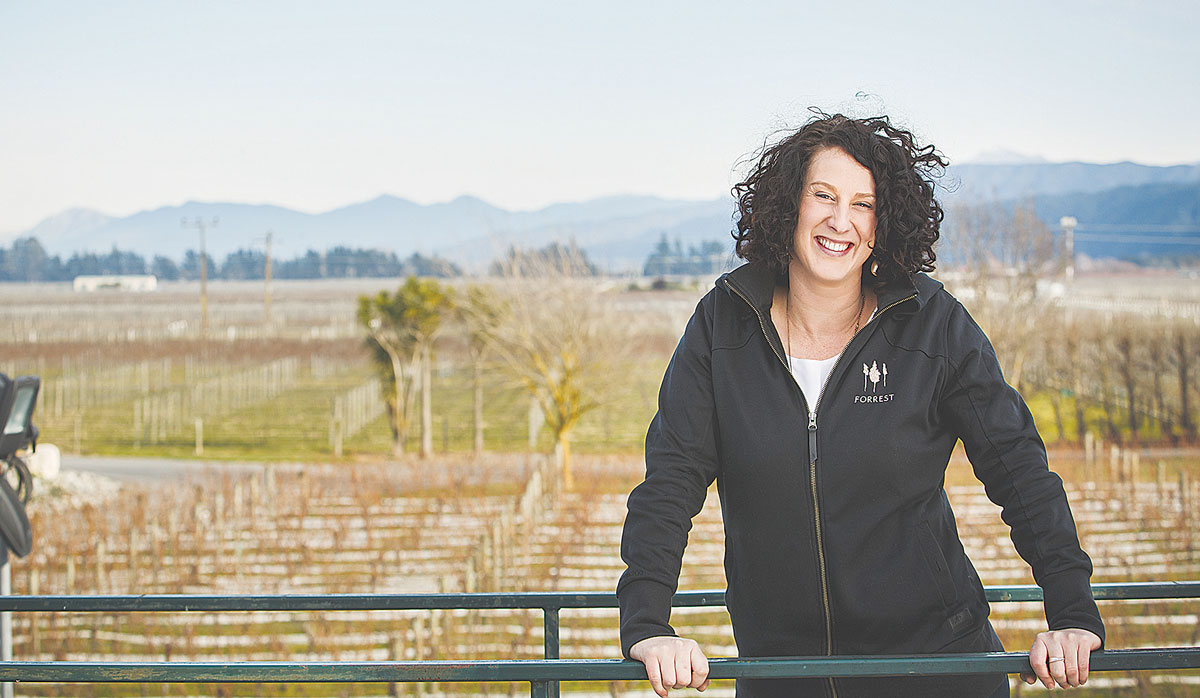 |
|---|
|
Beth Forrest |
It is concerning that grapes will have to be picked "whenever possible rather than at optimum ripeness", adds Beth. "And that if there is weather pressure over the harvest period, then there is very little ability to operate any faster or more efficiently than what is already at breaking point."
When it comes to Forrest Estate, she says there's an advantage in being a small family-run winery "that can pull the family card in really tough times". The company is down on their normal international staff, who typically bring in "a wealth of knowledge" and become the company's biggest brand ambassadors globally.
"However, we will fill the 2022 labour gap with family taking annual leave from their 'real' job to help us out." Being small also allows them to prioritise vintage and move staff within the company to help out in the winery during "peak weeks", she says. "That takes a good culture and great people who all want to help out and make the best wine possible."
Hunter's Winemaker James Macdonald says it's been a great growing season, starting off with soils charged with water from winter and early spring, so the canopy took off, "and we have strong, healthy looking vines". The fruit-load looks abundant, but only in comparison to 2021's meagre offering. "We are still scarred from last year's yields, so they look quite big. But I think that's just last year having impact on us and we are just back to average."
That's great news, he says, talking of happy customers around the world. "We have been able to take the brakes off and say, 'start selling; start opening up new business again'. They are thrilled because there was a lot of uncertainty," says James. "If we were going to have another short year it would have put ridiculous amounts of pressure on stock allocation."
Many of Hunter's customers have Marlborough Sauvignon Blanc as a big part of their revenue, and reports of typical yields in 2022 have brought a lot of relief. "When we turned the tap off last year they felt that and it rippled throught the supply chain, because it's such a lot of volume for some people."
Back in the vineyard, labour shortages have not been too bad, thanks to a good relationship with their long-term contractor and "a bit of a military operation", says James. "It's probably overkill for our size. Lots of planning, lots of spreadsheets, lots of communication. And we were able to stay ahead of the ball. Everyone got a good rest over Christmas, which is is important, because the busy times continue, and we are back into it now, doing our second trim and starting to manipulate yields."
With the threat of rain between now and harvest's end, they're working hard to ensure very open canopies and crop levels that allow for well-spaced fruit, says James.
Nelson
Nelson's Neudorf estate has a fairly typical crop, which is a welcome departure from last year's "challenging season", says General Manager and Winemaker Todd Stevens. Nelson's vintage 2021 yields were 33 percent down on the year before, but crops for 2022 are "looking pretty solid", he says.
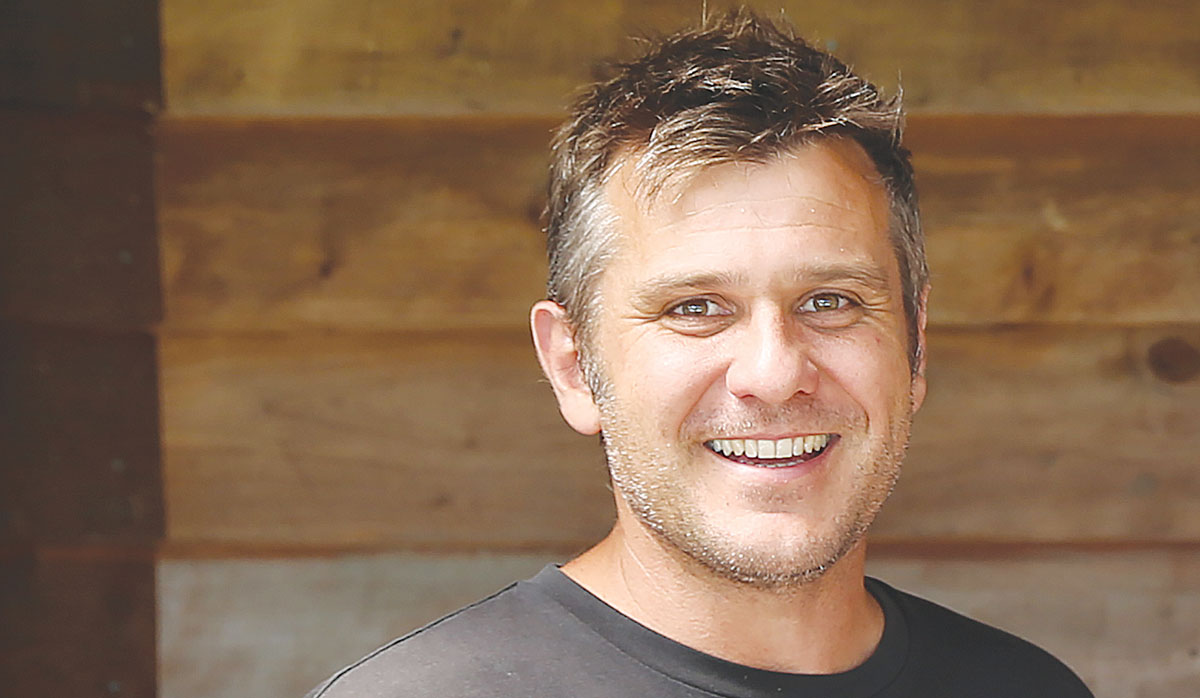 |
|---|
|
Todd Stevens |
Nelson came out of winter warmer and wetter than usual, particularly in July, and that promoted an early bud break, followed by good growth, says Todd. Spring was slightly warmer than the long term average, and while conditions were dry in November, they were wetter either side, boosting growth and requiring vigilant management.
The weather was humid through flowering, resulting in only moderate crop loads in Chardonnay and Pinot Noir, says Todd. A period of increased disease pressure kept them on their toes, "but we can't really complain since mid-December," he adds. "It's been pretty dry and warm and that's helped us keep the work going and disease pressures manageable." From here through to vintage, they'd like more of the same, "if I could dial it up," he says. "If we could stay relatively dry through to harvest I'd pretty happy. I think we'd be looking at what I would call a relatively good season."
Seifried Winemaker Chris Seifried says Sauvignon Blanc crops are "certainly heavier than last year" but not as plentiful as he would like. "I would say we are good but at the lighter end of the spectrum," he says, noting a variability across the sites, "and even with in vineyards, with some areas really heavy and others not so heavy".
Pinot Noir, Chardonnay and Pinot Gris are looking far more fruitful, "so we will be doing a lot more crop thinning there during veraison to reduce numbers, especially on the Pinot."
Things are tracking around a week earlier than a normal season, with beautiful weather and ripening moving quite quickly, says Chris. "I would say we will be underway by 10 March, or thereabouts."
North Canterbury
It’s been a warm season so far for North Canterbury winegrowers, with growing degree days tracking above the long term average, says Mike Saunders on 18 January.
The Company Viticulturist for Greystone and Muddy Water Wines, who is also Chair of the North Canterbury Wine Region Committee, says the season began with a few cold nights “to keep everyone busy frost fighting”, but none were as bad as the previous spring. “Since then, the weather has been warm and often overcast with regular rainfall to keep canopies lush.” Heat, cloud and moisture have all led to increased disease pressure, with powdery mildew models spiking in early December, then dropping before spiking again around 20 December and staying high since, he says. “Lots of leaf plucking and regular spray rounds have been the key to staying on top of disease.”
Flowering conditions in the region were variable, due to cloud and rainfall through this key period, and while early Pinot Noir looks “okay”, later Sauvignon Blanc bunches look “a little variable”. North Canterbury’s 2021 harvest was 26 percent down, and Mike says 2022 crops look average or below average, with those affected by frost last year still experiencing some decreases in yield. Low bunch numbers look to be a key driver in frost affected conditions, “however the bunches that are there have set well, with berry numbers about average”, he says.
“With a smaller number of bunches vines should ripen and attain some good flavour.” Overall bunch size should increase to help offset the reduction in bunch number, and he expects to see an overall increase on last year’s yields.
Labour is tracking well for the region, to date. “We only have one main contract labour provider and they are reporting that finding staff isn’t too hard at this stage,” he says. “We aren’t that reliant on RSE workers, with only a few businesses utilising this labour resource, and numbers slowly increasing here also.”
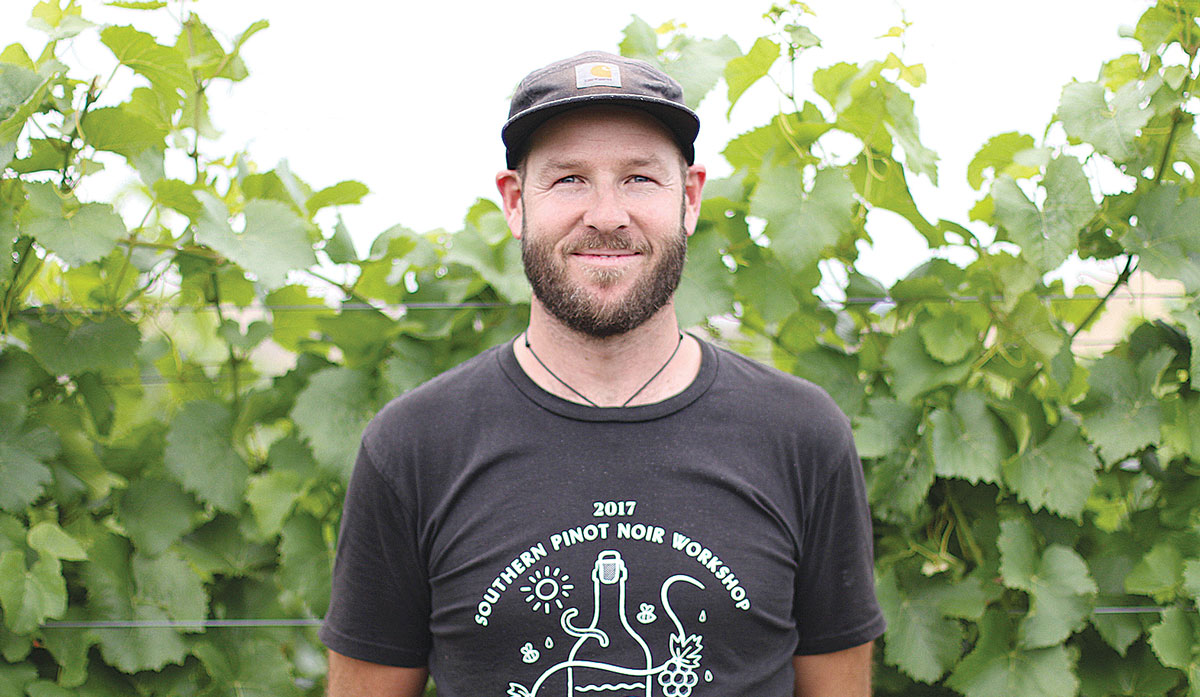 |
|---|
|
Mike Saunders |
Meanwhile, some of the Pinot Noir looks “exceptional and should provide opportunity for some incredible wines to be made,” he says. “If we can pick up a few more clear, sunny days and the weather stays warm, we should be in for a cracker of a season in North Canterbury.”
Central Otago
“It’s been a pretty dream season to date, and we just need the dream run to continue,” says James Dicey. Speaking on 18 January, the Grape Vision Viticulturist and cofounder of Dicey says bunch weights are looking good, following an “amazing” flowering and fruit set. That pretty picture is true across all the Central Otago subregions. “Everywhere is looking good at the moment, which is unusual. We often have an outlier.”
Crops are looking slightly bigger than perfect, “which means we have a little bit of fruit to play with, but not much.” That will allow them room to take green fruit off, or to remove shoulders or clumps. “There’s lots we can do with slightly higher yield to enhance quality.
Central Otago was one of the few regions to get a fruitful harvest last year, up 21 percent on the previous year. “I think we’ll be another 10 or 12 percent up on that again,” says James.
The region received regular southwest rainfall through until just before Christmas, “so by and large there’s been good canopies growing”. There are early reports of powdery mildew, but with better canopy management, conventional and organic chemistry, tighter spray intervals and better machinery setup these days, the canopies are clean. “And all of a sudden post- Christmas we have had an amazing dry snap and that is hopefully going to arrive at the right time resulting in smaller berries,” James says. “At this stage things are shaping up really nicely.”
At the time of speaking, there was some water stress starting to show and the region could do with a little more rain.
“We are working extraordinarily hard to manage it.” They are utilising more leaf protection to mitigate very warm days, and “things are looking really positive at the moment”, he says.
When it comes to labour shortages, Grape Vision has worked hard and invested more this season, “to reach deeper into the community, reach deeper across the community”. James has employed a team from Dunedin, including university and college students on holidays. They might not all be as efficient, well trained and dedicated as some of the RSE workers, but they’re helping get the work done, he says, noting that if there had been a really big crop it’s likely the region would have struggled.
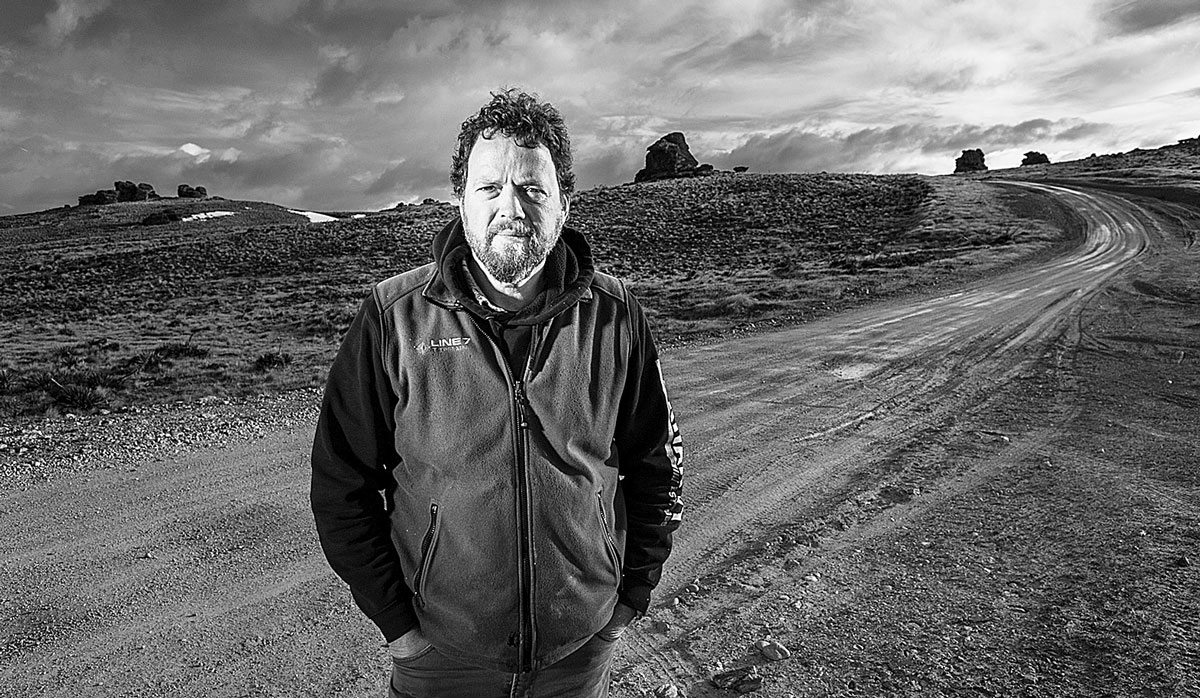 |
|---|
|
James Dicey |
He has also worked on relationships with other industries, so that seasonal workers are being urged by cherry growers to go to grapes before their harvest peak, and grape growers are pushing them back to cherry work when no longer required, before they head to apples. “It’s not a perfect solution, but there are a lot of different things we can do across a lot of different sources, and to date is seems to be working.”